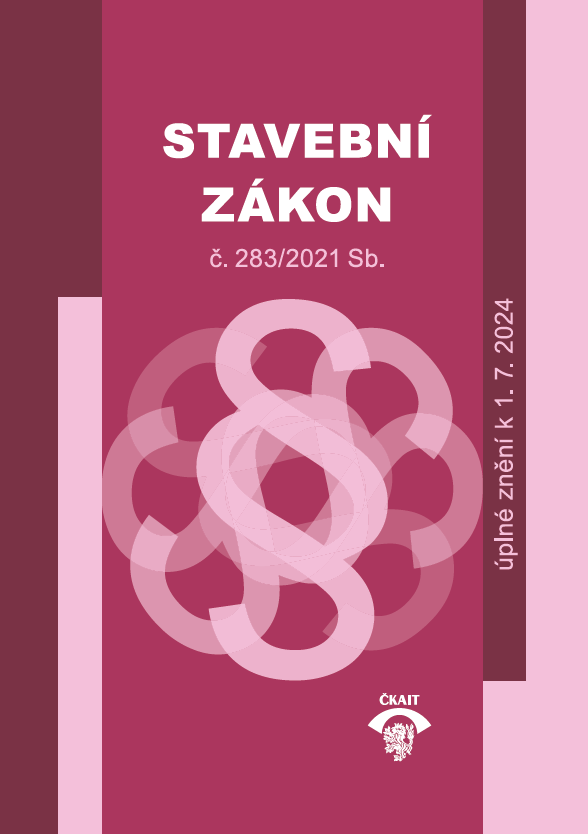TOB 1/2017
Editorial
Looking back after twenty years
Jiří Šála, předseda redakční rady a vydavatel časopisu Tepelná ochrana budov
Thank you, Mrs. Helena Hájková
Jiří Šála, předseda redakční rady a vydavatel časopisu Tepelná ochrana budov
Laws, Technical Regulations, Standards and Recommendations
Energy certification of building units according to the Ministerial Decreeof MDVRR SR No. 324/2016
Zuzana Sternová
On 1 January 2017, the Ministerial Decree 324/2016 Z. z., amending Ministerial Decree 364/2012 Coll., and implementing the Act 555/2005 Coll. on the Energy Efficiency of Buildings as amended came in force. The Decree introduces the method of evaluation and energy certification of apartments (building units). A template of the energy certificate of an apartment / building unit is processed online on the basis of a point assessment of the thermal properties of building envelope structures and technical systems of heating and hot water in the apartment by the energy level of construction. The resulting rating is presented using pictograms.
Vegetation layers of green roofs – design standards, implementaion and maintenance
Samuel Burian, Jitka Dostalová, Martin Dubský, Petr Halama, Karel Chaloupka, Jiří Komzák, Roman Paťava, Marie Straková, František Šrámek, Petr Vacek, Josef Vokál
This document addresses the issue of green roofs.
Energy-savings Buildings
Energy performance of industrial buildings – PART 2 – Nearly energy zero building
Jiří Cihlář
Mandatory standard of building design – nearly energy zero starts for larger industrial buildings from 1st January 2018. This will have a major impact, especially in the design of the building envelope. This article analyzes whether the current setting of requirements of this building standard is technically and economically achievable. Analysis is based on typical industrial building.
Projection, Theory, Surveys
Thermal efficiency of packaging materials in view of their possible application in the construction industry
M. Čekon, R. Slávik, K. Struhala
Cardboard based packaging materials have properties interesting even from the point of view of building designers. However, their use in construction industry is currently very limited. This paper shows the readers results of analysis of thermal properties (thermal resistance and conductivity) of several cardboard based materials. The goal of the presented measurements was verification of the hypothesis that these simply recyclable and at least partially renewable materials may have properties comparable to common insulation materials. Thus, the described evaluation also includes comparative measurements of common insulation materials. Thermal insulation and resistance were measured per requirements of ISO 8302. The measurements have shown that evaluated cardboard based materials have properties close to common insulation materials. Their thermal conductivity ranged between 0,05 and 0,12 W·m-2·K-1. Which is comparable to some of the reference samples of common thermal materials with 0,04 W·m-2·K-1.
Architecture and Energy Savings
Reconstruction of the historic Town Hall in Kardašova Řečice targeted at minimizing the consumption of non-renewable primary energy
Pavel Šmelhaus
The architectural design largely preserved and rehabilitated the original appearance and valuable features of this Classicist building: the stone perimeter wall, the diversely vaulted ground-floor rooms, a copy of the original roof truss structure (the condition of the original historic roof truss, which the project had envisaged preserving, proved unsatisfactory during the building work). A dormer window overlooking the square was installed as a distinct new feature with sophisticated details and a clock-face. It is situated above the midway buttress, proclaiming the use of the attic while supporting the town hall’s dominant position in the town square. The crux of the design is the very effective treatment of the internal layout, where relatively extensive and diverse work was done in the existing building, without the need to enlarge it, which had a positive impact on the overall spatial design (the building’s original volume was left unchanged) and on the cost. The financial aspect in general was one of the key factors influencing the design, what technical solutions were possible and the architectural standard of some parts of the building. At a cost of CZK 30 million, including interiors, a technically superior renovation was carried out, with lots of interesting details. The contract was won in a public architecture competition in 2013.
Reconstruction a half of the First Republic detached house on low energy standard
Ondřej Kamenický
Proposal to a low-energy renovation of the First Republic villa while keeping the original rondocubist design at Poděbrady “garden city”.
Education – Conferences – Reviews
19th International Conference THERMAL PROTECTION OF BUILDINGS 2017 – Quo vadis thermal protection of buildings
Info Service
Contens of Voume 19 (2016)
Author index 2016
Foreign magazines – selected topics
Information of CPD
International Conference of the Passive House Center 2016 – Final Report













